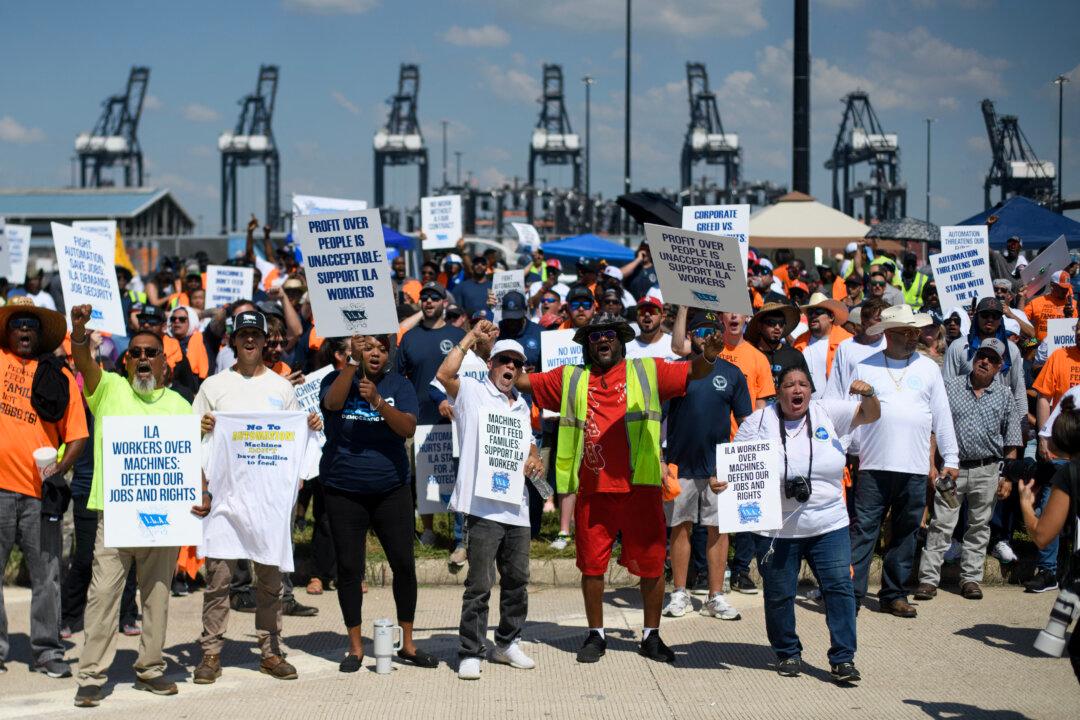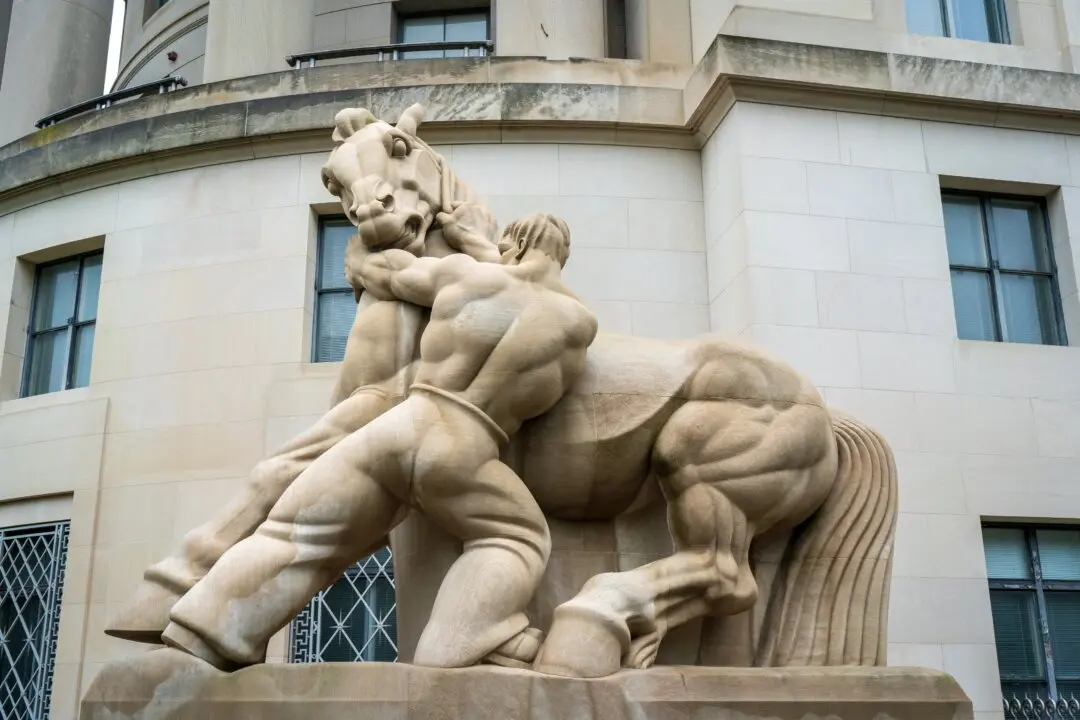Commentary
For most of the past half century, the United States has been blessed with relatively few labor disruptions. In the private sector, union membership has long been on the decline. The bulk of the conflicts have stemmed from public sector unions, as we discovered during the extended school closures of 2020–2022. The teachers’ unions revealed their power.





